When you're working on a construction site, you don't have the luxury of staying indoors when the weather takes a turn for the worse. It becomes essential for construction workers to be prepared for whatever mother nature throws their way. One of those plans must include rain gear. Contrary to what some may believe, rain gear for construction workers isn't a luxury, but a necessity.
In this article, we explore the importance, features, and types of rain gear best suited for construction workers. So grab a cup of coffee and sit tight as we delve deep into the world of rain gear, unraveling how it contributes to safety and well-being at work, whether the sky is a clear blue or a rainy grey.
Importance of Rain Gear for Construction Workers
The importance of using safety gear, especially rain gear among construction workers, can never be underestimated. And it's not just about staying dry; it's also about maintaining productivity and ensuring safety in potentially dangerous weather conditions. It's worth noting that the importance of safety gear exceeds simply acting as a preventative measure against the elements; it can also play a significant role in preventing weather-related accidents and delays in the workplace.
Weather-Related Accidents in The Workplace
Construction projects are typically a high-risk environment where employee safety is a priority. Unfavorable weather directly impacts on-site safety and productivity. Moreover, fatalities can occur when precautions aren't taken. For instance, the rate of workplace deaths where weather was the primary cause of injury witnessed a sharp drop by 84.6% from 2019 (13 deaths) to 2020 (2 deaths). Notwithstanding the apparent decrease, the importance of being equipped for adverse weather conditions cannot be downplayed.
According to data, more than 31% of all construction laborer fatalities in 2020 were attributed to falls, slips, or trips. One would logically conclude that the onset of rain increases the risk of these accidents. Wet surfaces becomes slippery, vision becomes limited, and machinery becomes harder to operate - all contributing factors to potential mishaps.
"In adverse weather conditions, every step can potentially lead to a slip, trip, or fall."
This clearly emphasizes why suitable rain gear should be considered an essential element in a construction worker's safety equipment collection.
Impact of Rain on Construction
The adverse effects of rain go beyond the immediate risk to the construction workers themselves. From a project standpoint, adverse weather, including abundant rain, leads to significant delays, affecting project timelines and the overall budget. Studies have shown that adverse weather conditions halt up to 45% of construction projects worldwide—leading to billions in additional costs.
Additionally, traffic related to the construction project is significantly affected due to precipitation. Data indicates that fatal traffic accidents are 34% more likely to occur during a 'precipitation event' and a 27% increase in overall accidents. This highlights that safety measures, including wearing appropriate rain gear, should encompass even those involved indirectly in construction projects, like drivers transporting construction materials.
Boosting Safety with Rain Gear
Equipping construction workers with suitable rain gear, from waterproof jackets to slip-resistant boots, not only safeguards their health but also ensures the seamless execution of the project. Rain gear for construction should be practical, comfortable, and reliable - designed specifically to withstand harsh weather while remaining flexible enough for workers to perform their duties effectively.
Incorporating necessary safety steps and adopting the right gear can significantly mitigate the risks associated with construction work during heavy rain conditions. It's a critically important aspect of maintaining the safety and efficiency of the entire operation - a fact underscored by statistical data and the practical experiences of construction workers worldwide.
Remember, wearing rain gear isn't just about protection from the elements; it's a vital component in the broader strategy to maintain workplace safety and project timelines. As they say, 'preparation is key', and when it comes to construction work, being prepared for all weather conditions is essential.
Review of best Rain Gear Options
The unpredictability of weather can often pose both inconvenience and threat. Even a light drizzle can dampen spirits, making us yearn for the shelter and comfort of a home. However, for those who work in outdoor settings such as the construction industry, sailing, or hiking, being prepared for adverse weather is a matter of absolute necessity. Investing in high-quality rain gear becomes paramount to brace for the elements and continue tasks undeterred. Building on some insightful data, we find that an astonishing 20% of employee deaths in the U.S. occur in the construction industry. Furthermore, accidents from working at heights account for a whopping 34% of all construction worker deaths on the job. With that in mind, we have curated a list of the best rain gear options across different use-cases to help you navigate your way through inclement weather.
Heavy-Duty Rain Gear
Heavy-duty rain gear is designed for those who necessarily have to tackle harsh weather conditions head-on. They are typically waterproof, with sealed seams to prevent water seepage and are made of robust materials to withstand heavy downpours. Here are some of the top picks:
- Option 1: Specifically designed for rugged use, these rain gears boast of superior durability and water resistance.
- Option 2: Preferred for their sturdiness and comfort, these are suited to grapple with extreme weather.
Everyday Use Rain Gear
For those who prefer not to carry an umbrella everywhere they go, everyday use rain gear can be a game-changer. These usually come across as stylish apparel accessories while providing essential protection from rain showers. Relevant entries include:
- Option 1: Designed with a blend of style and utility, they also offer multiple storage options.
- Option 2: Lightweight and portable, these prove to be a handy water-resistant cover-up that can easily fit into bags or purses.
Extreme Weather Rain Gear
For professionals involved in high-precision outdoor work or avid adventurers, extreme weather rain gear provides an unmatched level of protection and resilience. Based on the user feedback, we recommend:
- Option 1: Known for their high-tech construction and premium weatherproof qualities.
- Option 2: Renowned for their longevity and reliable performance, even in the most severe climates.
High Visibility Safety Rain Gear
Good visibility is crucial during a downpour, making high visibility safety rain gear a sound choice for those working in hazardous areas or during low light conditions. The top choices in this category include:
- Option 1: These equipments combine brilliant reflective materials with comfort and durability.
- Option 2: Safety-oriented design enhanced with fluorescent colors and reflective strips offer maximum visibility.
Popular Option for Rain Jackets
Last but not least, we present a crowd favorite when it comes to rain jackets. The versatile protects you against light to moderate showers while ensuring maximum breathability for comfort. Look for intuitive features such as drawstrings at the waist and wrists to prevent water infiltration.
- Option 1: With its popularity anchored in functionality and affordability, it offers excellent value for money.
- Option 2: Stylish and practical, it caters to users who refuse to compromise on form while seeking function.
Believe it or not, the right rain gear can turn a gloomy, rainy day into an opportunity for you to showcase your readiness and resilience. Choose wisely, be prepared, and never let the weather get the better of you.
How to Choose the Right Rain Gear for Construction Workers
As a construction worker braving the elements, one of your daily challenges might be dealing with inclement weather, particularly the strain of rain. Being prepared not only helps to ensure safety but also increases productivity. To tackle the rainy conditions, the first line of defense is the right rain gear. But how do you choose the best rain gear that serves your purpose while maintaining comfort? This article takes you through some vital considerations and helps you understand the different types of rain gear available in the market.
Considerations When Choosing Rain Gear
When shopping for construction worker rain gear, several factors should come into play. You'll want to consider the following:
- The Level of Rainfall: In areas with frequent heavy downpours, you'll need gear that is fully waterproof. However, for places with lighter, infrequent rain, water-resistant gear can suffice.
- Work Environment: The type of work environment also matters. If you work in areas with mud and standing water, consider rain gear with high 'water column' values for better protection.
- Comfort: A crucial factor not to overlook is comfort, especially regarding breathability and flexibility. Is the material soft and flexible, allowing you to move around with ease? Is it breathable to ensure you do not overheat?
- Durability: Durability is another important factor to consider. You want rain gear that can withstand the rough-and-tumble nature of construction work over a significant period.
Understanding the Different Types of Rain Gear
Understanding the various types of rain gear for construction workers is crucial in making a well-informed decision. Here are the main types:
- Rain Suits: Rain suits often include a jacket and trousers or overalls. These are the best option for all-round protection, especially for high-intensity rain.
- Rain Jackets and Coats: These are ideal for areas with light to moderate rain. They provide ample upper body protection and are usually coupled with rain pants for more comprehensive protection.
- Rain Ponchos: These are light, easy to throw on, and ideal for sudden rain showers. However, their coverage is usually not as comprehensive as the suits or jackets.
- Rain Boots: Rain boots offer protection for your feet, often overlooked but equally important. They keep your feet dry and offer added traction in slippery conditions.
Armed with these insights, picking out the right rain gear for your construction work becomes a lot easier. Ultimately, remember that the ideal rain gear is not just about weather protection. It should also offer comfort and ease of movement, as in the end, the pinnacle of effective construction work is to operate at your best, regardless of the weather conditions.
Conclusion and Safety Tips for Construction Workers in the Rain
As we wrap up our exploration of the best rain gear for construction workers, it's essential to remember the overarching theme - staying dry, comfortable, and, above all, safe on the job. With equipage from high-quality manufacturers like Hurricane Raingear, workers can rest assured that hydrous hassles are the least of their concerns.
However, it's not quite enough to have A-grade gear on hand; construction workers also need to be conscious of certain safety measures when working in rainy weather. Here are a few crucial tips:
- Monitor the Weather: Keeping tabs on the forecast will allow you to be better prepared with appropriate gear if rain is predicted.
- Avoid Slippery Surfaces: Wet surfaces can be a major hazard. Avoid walking on wet, slippery areas whenever possible.
- Stay Visible: Visibility can drop significantly in the rain, making it harder for you and your coworkers to see each other. Ensure your gear includes high-visibility elements, like the reflective 3M striping found in Hurricane Raingear products.
- Stay Warm: Wet and cold conditions could lead to hypothermia. Make sure your gear has insulation and is fully water-resistant.
Ultimately, what matters most is worker safety and comfort. Investing in high-quality rain gear is not an expense but a proactive move to safeguard a construction crew's most valuable asset - their well-being. So, the next time a rain cloud looms on your workday horizon, face it head-on with the confidence that you're equipped with the best gear this industry has to offer.
Frequently Asked Questions
-
What are the essential rain gear items for construction workers?
The essential rain gear items for construction workers include waterproof jackets, pants, boots, gloves, and a hat with a brim.
-
Are there any specific safety features to look for in rain gear for construction workers?
Yes, when choosing rain gear for construction workers, look for high-visibility or reflective materials to enhance visibility in low-light conditions, durable and waterproof materials, and proper ventilation to prevent overheating.
-
What are the best waterproof materials for rain gear?
The best waterproof materials for rain gear include Gore-Tex, nylon, PVC, and polyurethane-coated fabrics. These materials offer excellent water resistance while remaining breathable.
-
How do I choose the right size for rain gear?
To choose the right size for rain gear, refer to the manufacturer's size chart and measure your body accurately. Consider allowing room for layering underneath and ease of movement.
-
How do I maintain and care for my rain gear?
To maintain and care for your rain gear, follow the manufacturer's instructions. Generally, avoid using fabric softeners, wash in cold water, hang to dry, and store it in a dry and ventilated area.



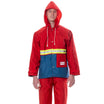
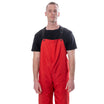
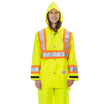
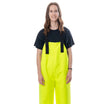
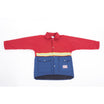
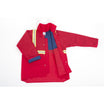
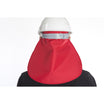
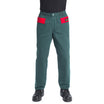
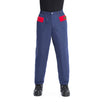
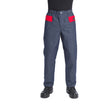
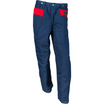
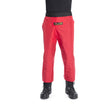
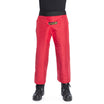
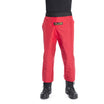
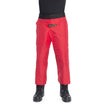
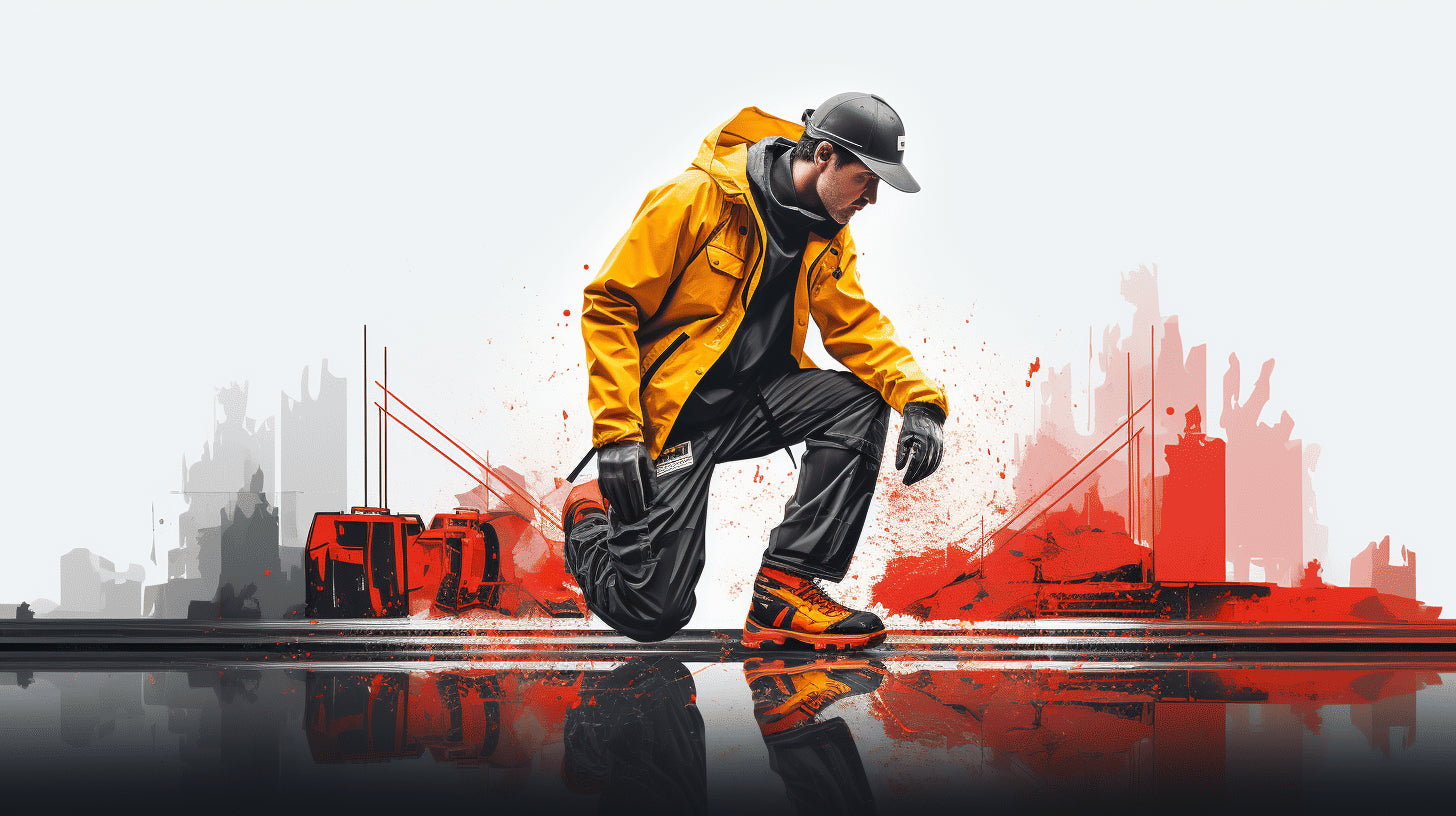
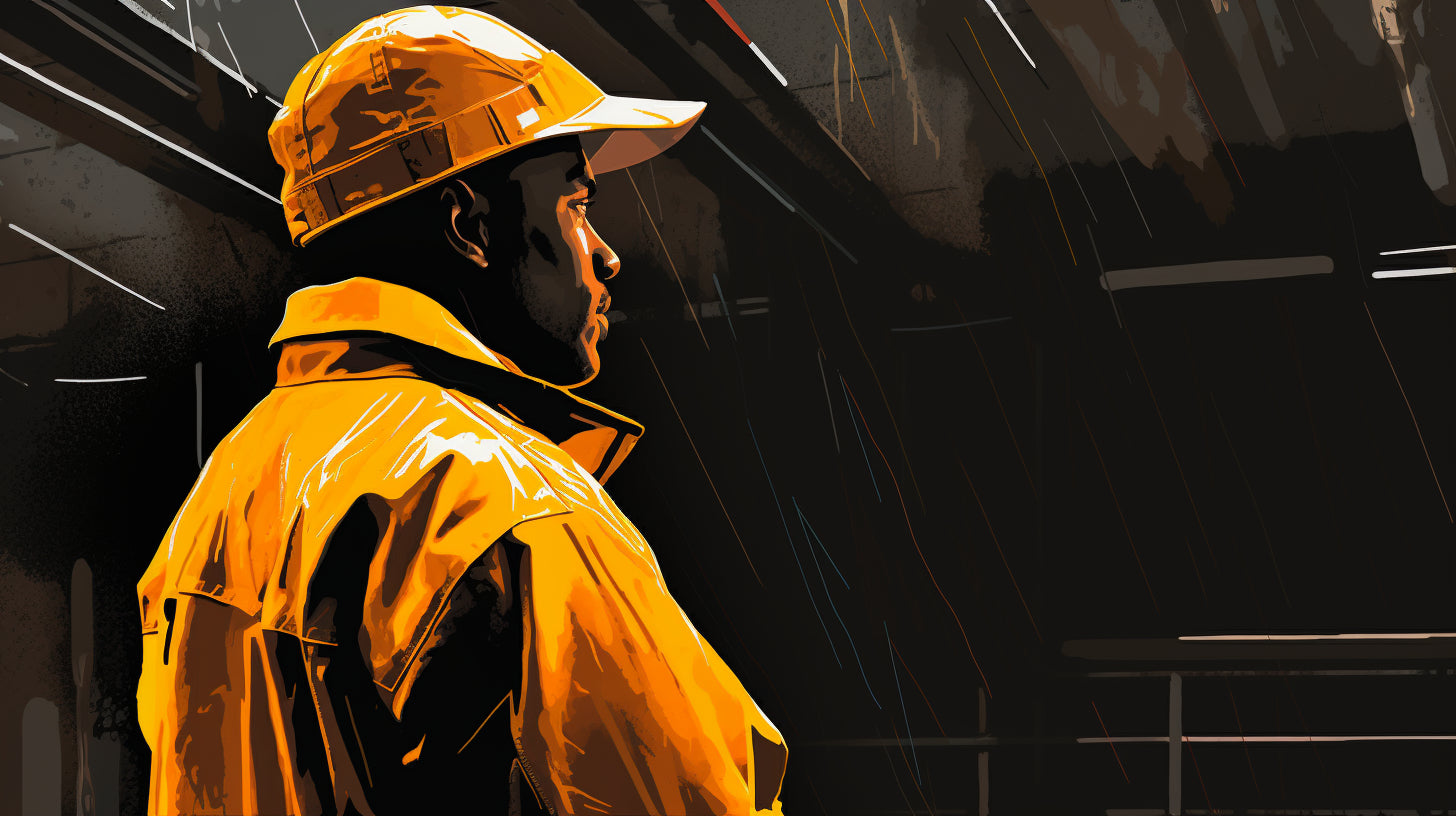
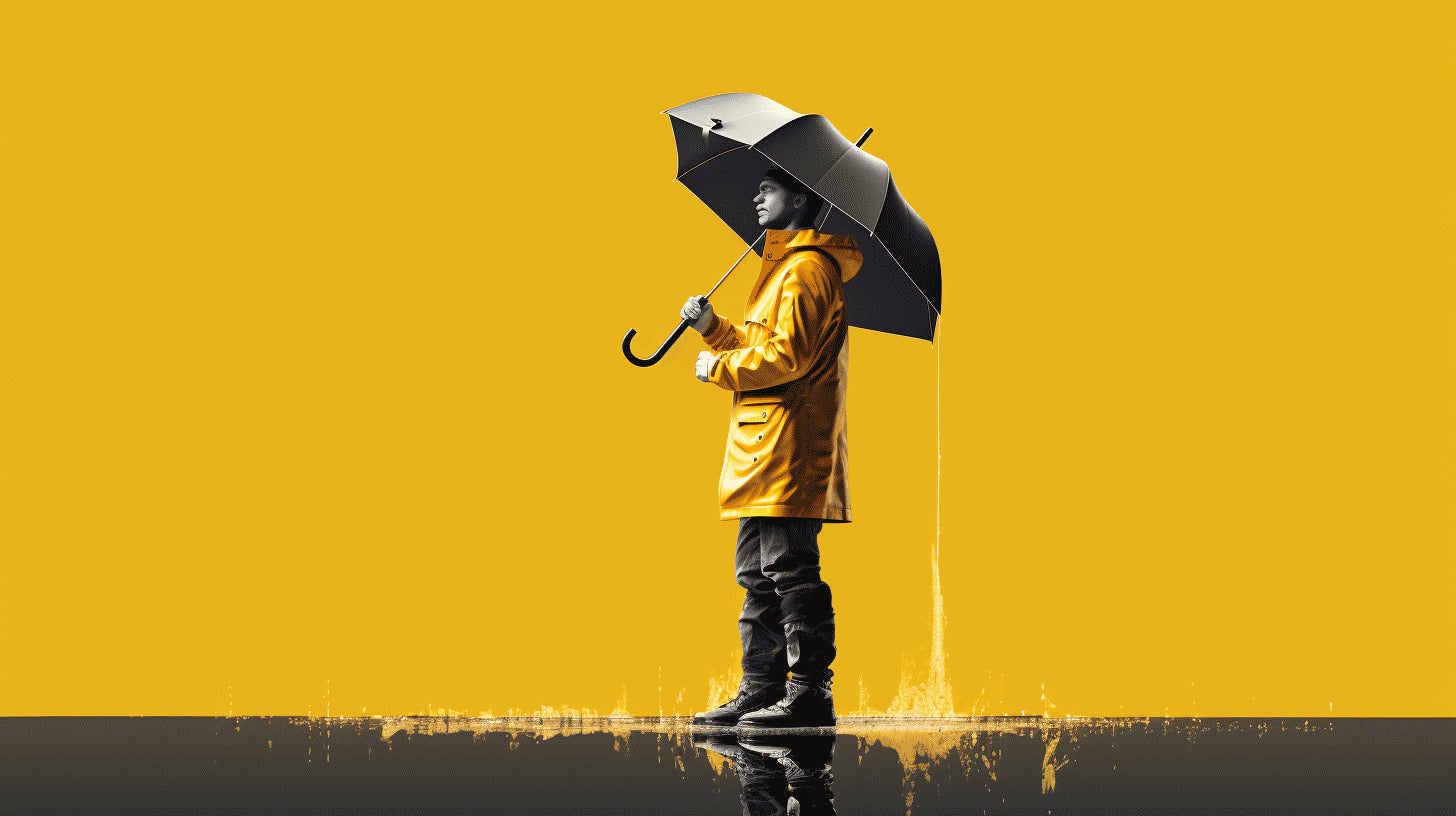
Leave a comment
This site is protected by hCaptcha and the hCaptcha Privacy Policy and Terms of Service apply.